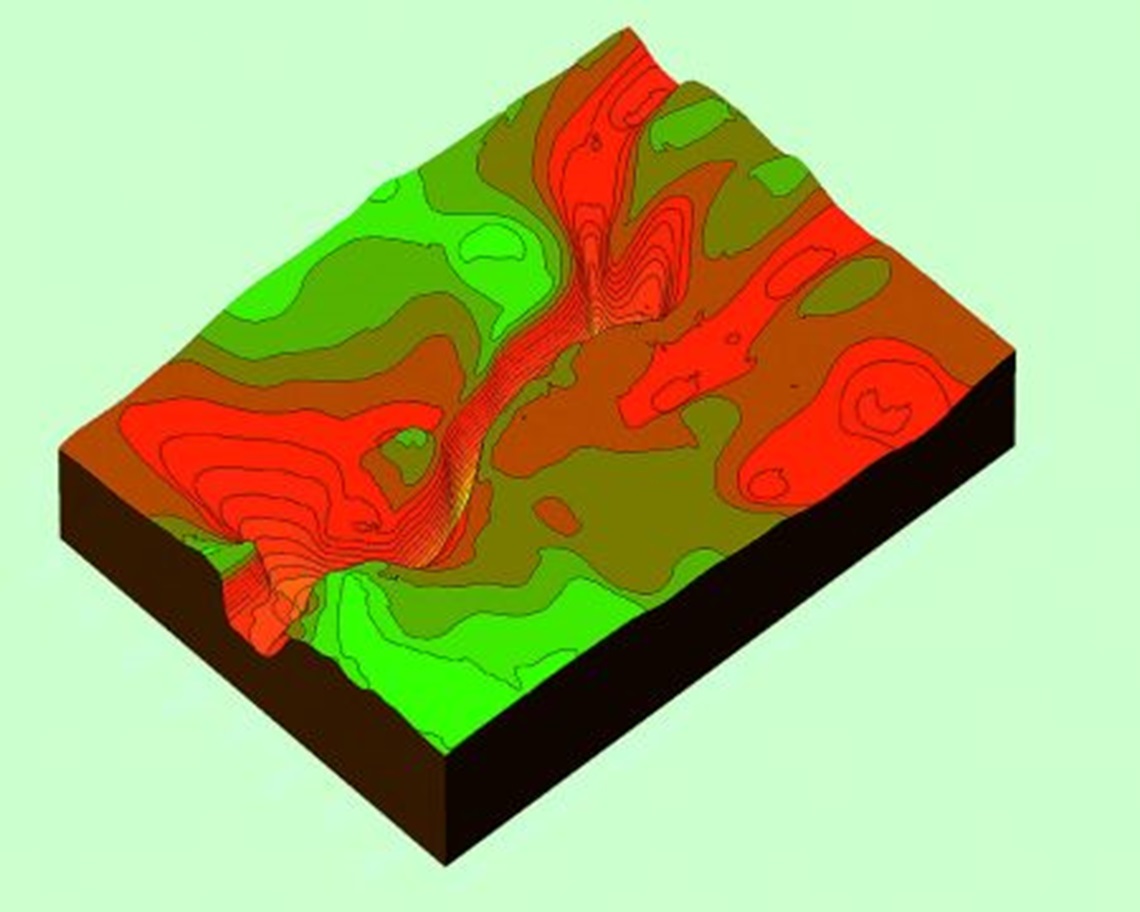
Geology
The geological processes in the World Heritage Area Ilulissat Icefjord generate the large productivity of the glacier and the iceberg bank.
The Formation of the Icefjord
Before the ice cap covered Greenland, much of the precipitation was drained into rivers towards the west in the direction of the Disko Bay. The reason was that the country in the eastern and southernmost parts of Greenland is bounded by large mountain ranges. These rivers eroded canals in the country.
When the climate grew colder, the increasing glaciers eroded these canals to broad and deep troughs below the ice. One of these troughs is positioned under the glacier brook Sermeq Kujalleq and the Icefjord.
When the climate grew colder, the increasing glaciers eroded these canals to broad and deep troughs below the ice. One of these troughs is positioned under the glacier brook Sermeq Kujalleq and the Icefjord.
The Iceberg Bank is a Moraine Ridge
During the progression of the glaciers, the ice pushed much of the eroded material in front of it. When a glacier like Sermeq Kujalleq later withdrew, this material was left behind in so-called moraine ridges.
The iceberg bank at the mouth of the Icefjord exemplifies a moraine ridge. Here the seabed has been pushed up into a submarine hill several hundred meters high, which marks the position of the glacier front approx. 9000 years ago.
The iceberg bank at the mouth of the Icefjord exemplifies a moraine ridge. Here the seabed has been pushed up into a submarine hill several hundred meters high, which marks the position of the glacier front approx. 9000 years ago.

The Bedrock
The bedrock in the World Heritage Area Ilulissat Icefjord is dominated by light folded gneiss and granite. These were formed under great pressure and high temperatures deep down in the underground approx. 18 billion years ago. The upheaval of the earth’s crust has since meant that these deep-seated rocks have surfaced and become visible as the upper layers were eroded.
Read more about the geology of the Ilulissat Icefjord on the website of the Geological Survey of Denmark and Greenland (GEUS).
Read more about the geology of the Ilulissat Icefjord on the website of the Geological Survey of Denmark and Greenland (GEUS).


